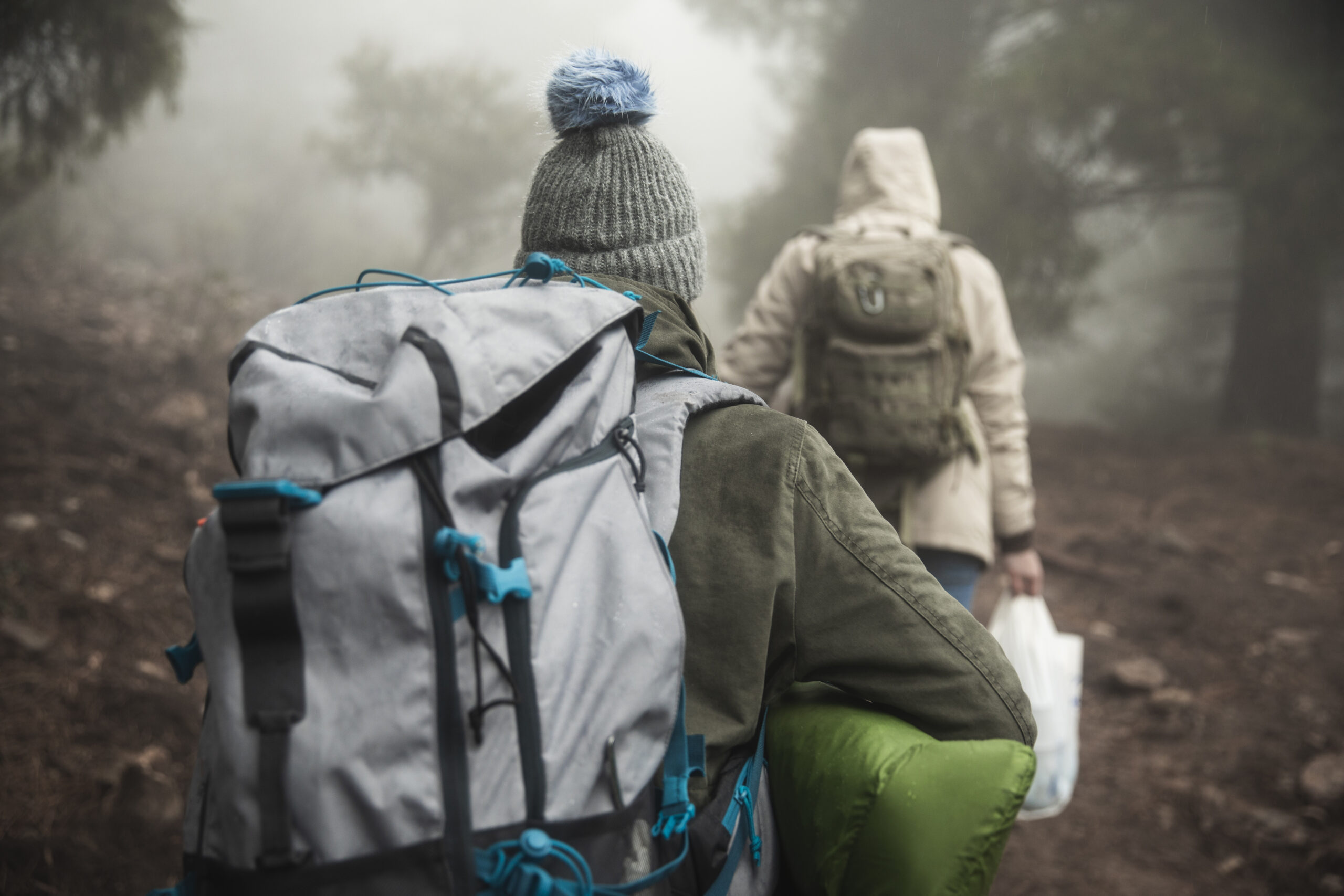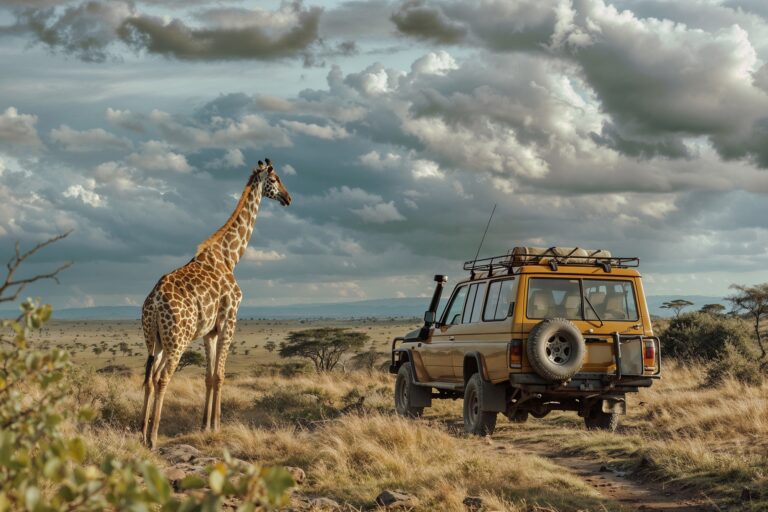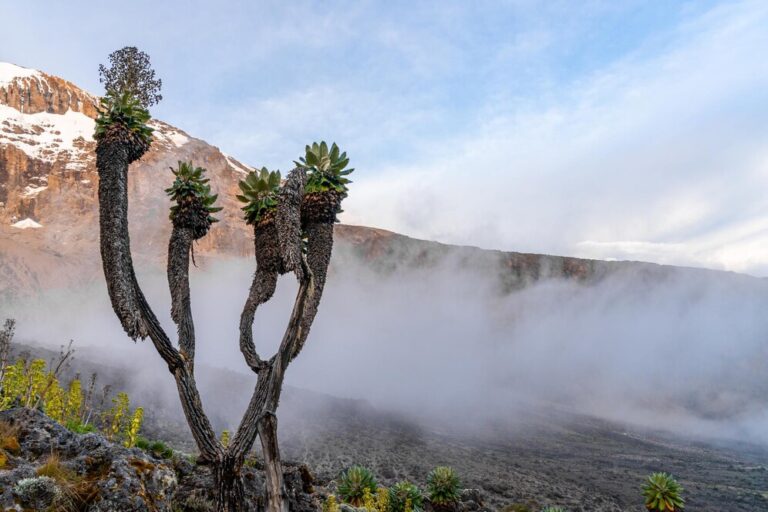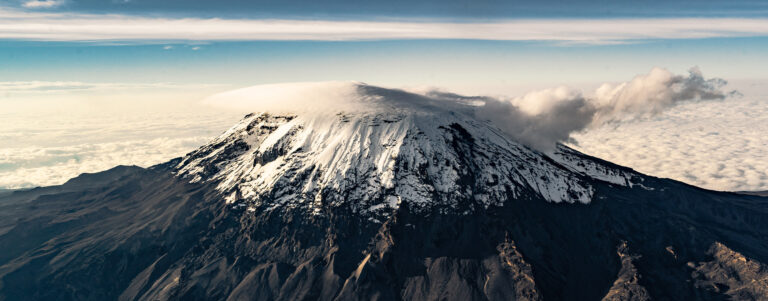What to Pack for Your Mount Kilimanjaro Trek: The Ultimate Gear Guide
Packing the right gear can make or break your Kilimanjaro adventure. With temperatures ranging from tropical heat to freezing cold, being well-prepared is key to staying comfortable and safe throughout the climb. Here’s a practical guide to help you pack smart and carry everything you need — without overloading your bag.
Essential Clothing for Every Climate Zone
Because you’ll pass through five climate zones, layering is crucial. Bring moisture-wicking base layers, an insulating fleece or down jacket, and a waterproof shell. You’ll also need trekking pants, thermal underwear, a warm hat, sun hat, gloves, and several pairs of good-quality hiking socks. Don’t forget a pair of sturdy, broken-in hiking boots — they are your most important piece of gear on the mountain.
Must-Have Equipment and Accessories
Your daypack should carry water bottles or a hydration system, snacks, sunscreen, sunglasses, a headlamp with extra batteries, and trekking poles if you use them. A warm sleeping bag rated for sub-zero temperatures is essential, along with a sleeping mat if it’s not provided by your operator. Pack a personal first aid kit with medications for altitude sickness, pain relief, blisters, and any prescriptions you need.
Packing Tips for a Smooth Trek
Keep your gear organized in waterproof stuff sacks or ziplock bags to protect against rain and moisture. Only carry what you need in your daypack — porters will carry your main duffel bag, usually limited to 15 kg (33 lbs). Bring a few comfort items like wet wipes, a journal, or a camera to capture memories. Remember, less is more: a lighter bag means an easier climb and happier trekking days.







